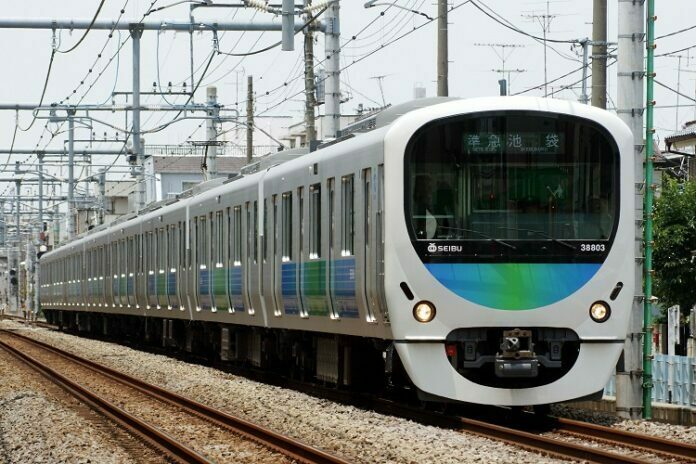The United States rail industry is in a bit of a haze, with loads of questions swirling around about what the future will look like. But if we look back at what has happened in the past, it’s not too hard to imagine that there sure are some growth opportunities.
By the end of 2013, there were 142,000 miles of railroads in the United States, representing just over one-third (34%) of all tracks in the world. (For comparison, China has 3,600 miles of railroads – or 11% of the world’s track.)
Those 142,000 miles of rails span the length and breadth of the country. We’ve got railroads that crisscross the nation from coast to coast. We’ve also got railroads that run between two separate states through one town between them.
At first glance, it might seem as if the United States rail industry is booming. But when you dig a little deeper, you quickly realize that many of those miles are not being used to their full potential.
That’s because many of these railroads were purchased many years ago, and they’ve now been folded into larger groups – sometimes multiple times across subsequent mergers and acquisitions.
This has kept railroad companies from maximizing the potential of their assets. The process of deregulating the industry in 1980 further complicated the situation, leading to competition for resources (such as time slots, rail ports, and customer bases) that caused duplicated investments in infrastructure. To get more information on the three biggest railroad business companies in the US, visit this website: https://www.ins78.com/
As a result, railroad companies are now faced with a situation where they are struggling to maximize their profits from the assets they already own.
Clearly, the situation in the rail industry is difficult. But that has not stopped the railroads from making plans for future growth. Many of the large railroads are already on the brink of bankruptcy. Some are looking to raise new capital via privatization, while others look to get new acquisitions accomplished that will greatly improve their financial bottom lines.
On a smaller scale, there’s still plenty of opportunity for growth and expansion within existing markets – and many U.S.-based companies are hoping to play a part in that growth. For insights and strategies about the growing industry, visit putflix.com.
For nearly a half a century, Swartz Engineering has been at the forefront of industry safety. They are a family-owned company specializing in power distribution for the electrical industry. They are the leading manufacturer of mobile substations.






